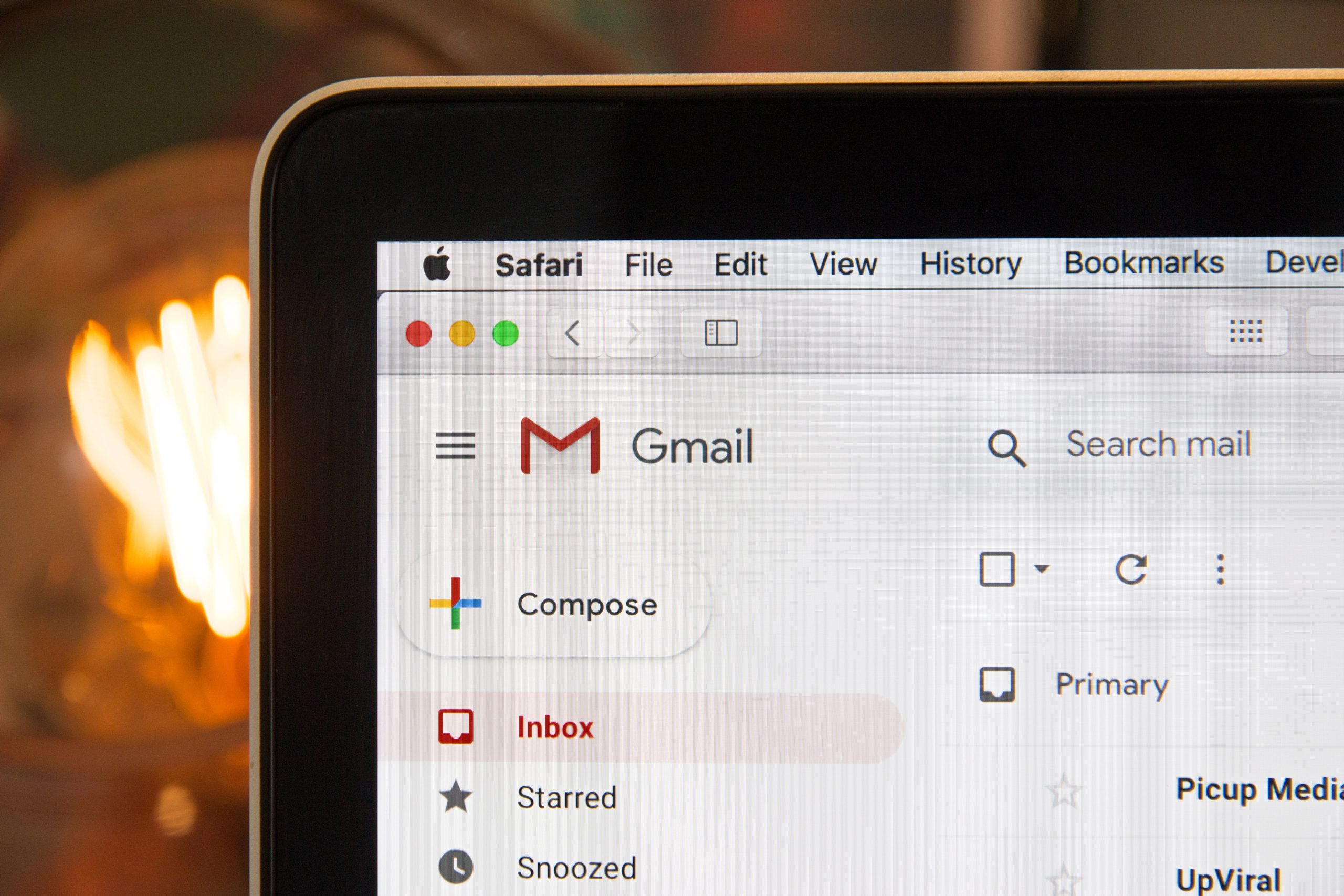

Quick Links
Quick Links

Are you just now embarking on a freelance career? If you’re new to the whole gig game, there are a few freelancer mistakes you are bound to make if you’re not careful.
Freelancing is not a completely different world from the traditional office jobs that you may be have trained up in. It does have some unique characteristics, however, that you need to be aware of. And you’ll need to master them if you want to make a good name for yourself and make good money, too.
(1) Not Specializing in One Area

It has been said for over six centuries that the jack of all trades is a master of none. You may have had the good fortune to develop a wide range of abilities from the time you learned your first marketable skill. This does not mean that you should be selling all of the above in your new freelance career. Trying to do it all is one of the top freelancer mistakes that newbies make.
You need a solid launch to make it in the world of freelancing. One of the key characteristics of a successful start is sticking to a defined area of expertise. There are two elements here: the specialization, and the fact that you specialize in it.
Clients look for specific skill sets when they go in search of a freelance hire. You need to show them that you are focused on the skill set that they need for them to take keen notice of you. And they need to see that you are an expert in that area to have the confidence they need to make the hire.
If your portfolio shows a range of unrelated skills and experience, they will more likely than not view you as an unfocused person who doesn’t have any true specialization or passion. This is not a good sign and they will more often than not pass you over.
(2) Not Upskilling in Your Area of Expertise

Specialization doesn’t mean that Jack rests on his laurels. Jack needs to keep climbing the beanstalk if he wants to get the golden egg. There’s always room for improvement, whether this be in the form of niche-specific technical skills or the soft skills that bolster better performance and build lasting professional relationships.
Look into your chosen field and pinpoint specific skill deficits that challenge you. Is it keyword research as an Amazon listing optimizer? Is it flexibility of style or voice as a content writer? Do you struggle with logo creation as a graphic designer? Or perhaps you haven’t yet been able to get a good grasp on the Shopify platform as a developer?
Then look at your overall performance and suss out other areas where you can improve. Do you have trouble meeting deadlines? Is communication a weakness of yours? Can you make adjustments in your availability to better accommodate your clients?
Systematically target any skill shortages that you notice as you perform your daily tasks. Block out time to seriously work on them on a weekly basis. This is how you grow your freelance career.
(3) Not Having a Portfolio

In the corporate world, we have resumes. In the freelance world, we have portfolios. These records of past projects aren’t just for photographers or designers or developers to showcase their art. Every freelancer needs a way to show prospective clients proof of what they can do, and one of the most common freelancer mistakes is not having one.
The point is to present your best works, so your portfolio design and platform will depend on what skill you are marketing. For instance, it can be a collection of links to top publications for public relations specialists or links to blogs for content writers. Screenshots of Google ranking peaks are great for SEOs and social media page insights work well for social marketers. Just make sure you have protected your past and present clients’ private information and have asked their permission to share the info!
Think about what shows results in your area of expertise and how you can share that with prospects. Then create your portfolio based on what makes it easiest for them to grasp your capabilities, presented in the best light possible. The best portfolio immediately shows what you can do in a nice package, but without frills that make it look like you don’t have enough solid evidence to stand on its own.
There are a ton of sites online where you can build your own portfolio. Do some research into platforms and designs that best highlight your skills and fit your brand. You can also build your own portfolio website – whatever suits your particular situation. The key is to build your portfolio the right way and make the time and effort to properly promote it.
(4) Not Making Your Brand Consistent

Beginning with a marketable niche and a good portfolio, you need to build a brand. Just like any other business, your freelance career needs to have a clear image that can stand firm and be recognized in the wild world of thousands of competitors. As an online freelancer, these numbers can easily run into the millions, even.
Not having branding at all is a major freelancer mistake, but your branding also needs to be consistent if you want to make it big. Build around your core skill and your solid portfolio to develop your personal brand.
Remember that you are not limiting but defining yourself. No one is trying to put you in a box – you simply need to be clear about what you are offering. No one hires an abstract painter to execute a Renaissance style portrait, or a product photographer to take glamor shots. They hire the person whom they can see can consistently achieve stunning results in the specific genre they are targeting.
(5) Not Setting Rates Properly

Unlike applying for a regular job, you will have to set your own rates as a freelancer. Instead of looking at an offer and deciding if it meets your needs and expectations, you will have to work from the other end of the equation.
Start with your available work times and your monthly financial needs. Then add a margin onto that for your skill level and what it took you to get there, then factor in the market’s tolerance and your cost of doing business. You will then have a fair computation for what your hourly rate should be.
This is just a suggestion, mind you, a sort of starting point until you get a better feel for the market and how you fit in. Then you can make rate adjustments as you go along, always keeping the above factors in mind.
(6) Not Communicating Properly

Communication is key in any situation, and especially vital when you’re working short term or remotely with clients. Without good communication, you won’t be able to build the level of trust that you need to make clients come back, and you can say goodbye to any reviews and recommendations that will boost your business. This can be an especially painful freelancer mistake.
In an office setting, you are given the chance to get to know bosses and coworkers more intimately than you can as a freelancer. Most of the time, freelancers are only able to chat or do the occasional voice of video call. Before you can establish any real rapport, your project is done and you move on to the next gig.
Always communicate with clients and anyone else you are collaborating on a project with – and always communicate clearly. Keep the lines open, and make sure that everyone knows that you are there, ready to take questions and give updates. Moreover, communicate intentionally – be prepared so you can be concise and purposeful to further prove that you are indeed a professional and not some back room part time operation.
And remember that clients may not know how to communicate well with freelancers. They may be just as new as you are to the gig economy. Take it upon yourself to make that easier for them. That’s a cherry on top of the icing on the cake that will really build you an outstanding reputation.
(7) Not Meeting Commitments and Deadlines

This is the single freelancer mistake that can ruin even the most well-established of freelancing businesses in a very short time. As a new freelancer, therefore, it is crucial that you get this in check from the get-go. Otherwise, you won’t be able to get very far at all.
Before you even think about looking at another gig, make sure that you know exactly how many work hours you have available from today into the next few weeks at least. This can be very tricky at first, so having a calendar that you block out for all your tasks is a big help. You can see what you’ve committed to other clients.
Before you get all gungho diving into new projects, however, you need to block out time for all your other activities as well. Then you need to add in a decent buffer to account for any unforeseen eventualities. Having to tell a client that you need an extension because you did not take this or that into account is a bad freelancer mistake that can follow you around forever.
Once you’ve set good margins so there’s no room for error, you can then see how much time you really have to commit to a new client or project. Being a freelancer doesn’t mean being free to do work whenever you feel like it. Yes, you are the master of your own time, but you need to balance that with respect for your clients’ time.
Final Thoughts

These are seven of the most glaring freelancer mistakes that can end your career before it even starts. Take some time starting right now to make sure that you are handling your freelance career as a budding business. Then review how you are building your freelance business so you can identify the pitfalls before they seriously trip you up.
Even if you’ve already begun creating profiles on freelance posting sites and taking on gig work, it’s not too late. Take some notes on these points:
- What struck you as the biggest dangers to you as a new freelancer?
- What do you foresee might be trouble spots as your freelance career grows?
- What can you do now to prepare to meet these challenges?
Your answers to these questions will help guide you as to what you need to start working on. Then take your calendar and plot out time to work on these areas, starting with the most pressing one.
Make a commitment to yourself to work through each potential freelancer mistake until you are confident that you are prepared to overcome these common hurdles and any others that you meet along your journey as a freelance business owner. Preparation is more than half the battle, and as you hold fast to your pledge to improve, you will see yourself ascending the ladder of success.
Want more advice on building a solid freelance career? Dive into more of FreeUp’s freelance tips.
